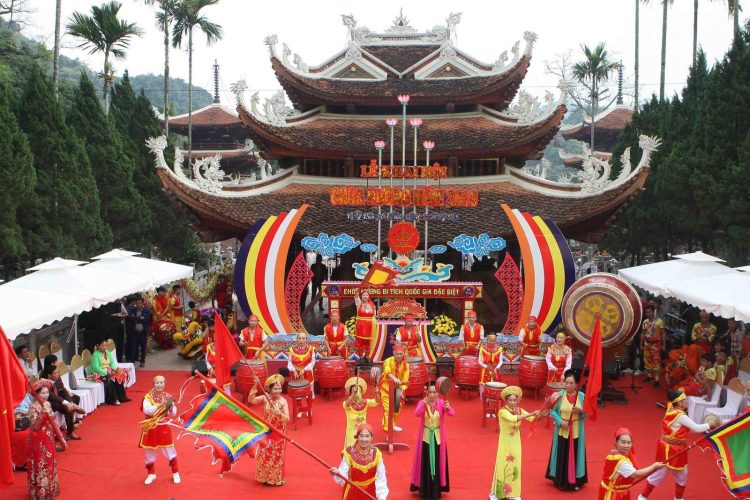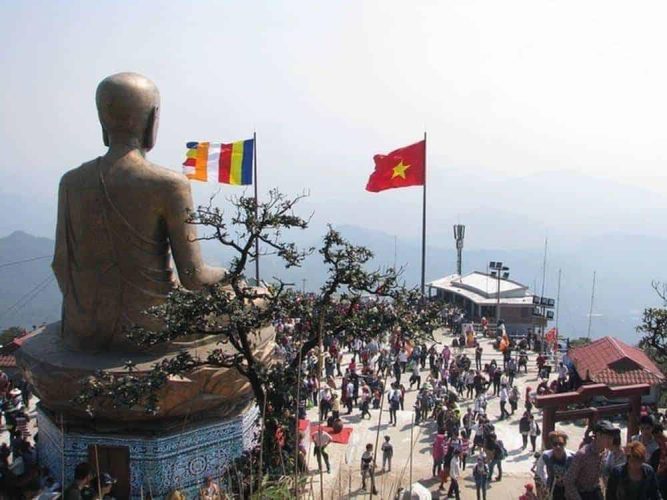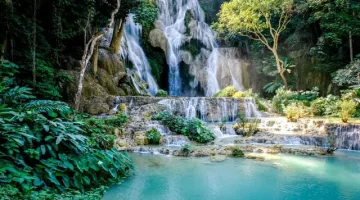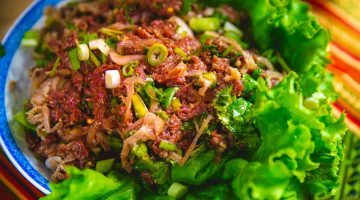Vietnamese Spring Celebration: Unique Symbol of Vietnamese Culture
Spring, which is the most beautiful and joyful season in Vietnam, signifies the end of a cold and gloomy winter and the start of a new year brimming with hope and happiness. In fact, Vietnam’s excitement doesn’t end in January. It continues throughout the spring from January until the end of March in the Lunar Calendar, when many festivals take place, particularly in the northern part.
What does the Vietnamese Spring Festival mean to Vietnamese people?

The Vietnamese Spring Celebration is a collection of festivals held in Vietnam during the spring season, which usually takes place from January to March according to the Gregorian calendar. The biggest and most significant festival is Tet Nguyen Dan, also known as Lunar New Year or simply Tet. Tet is celebrated on the first day of the first month in the lunar calendar, which varies annually but typically occurs in late January or early February.
Spring Festival holds great significance in Vietnamese culture as it encompasses the values, beliefs, traditions, customs, and identity of the Vietnamese people. This celebration serves as an expression of their deep respect and gratitude towards their ancestors, their profound reverence and send people’ thanks to Gods, their love and loyalty for their country, their appreciation and enjoyment of nature, their diverse creative arts, their hospitality and generosity towards their guests, and their unwavering optimism and enthusiasm for the future.
Must-visit Vietnamese Spring Celebration
Spring festivals are not just about showing respect to the Gods; they are also thrilling occasions that appeal to everyone. Going back thousands of years ago, many spring festivals have their origins in ancient myths, legends, stories or beliefs that aim to explain the origin and meaning of natural phenomena, human activities or the cultural values associated with them.
Huong Pagoda Festival

The Huong Pagoda Festival is one of Vietnam’s biggest and longest religious festivals. It occurs at Huong Son (Perfume Mountain), which is a collection of Buddhist temples and shrines located in Hanoi’s My Duc district. The festival spans three months, starting from the 6th day of the first lunar month and ending on the 6th day of the third lunar month. However, the most lively and crowded days are from the 15th to the 20th day of the second lunar month.
The Huong Pagoda Festival is a sacred journey for Buddhists who visit to worship Buddha and Bodhisattva Avalokiteshvara (Quan Am). It is believed that sincere prayers to them can fulfill wishes and bring blessings. Moreover, the festival is attractive to tourists who want to enjoy the stunning scenery and rich culture of Huong Son. During the festival, visitors can take part in various activities like boating on Yen stream, hiking up the mountain, exploring caves and pagodas, offering prayers and making vows, receiving and donating amulets, as well as watching performances and joining games.
Lim Festival

Lim Festival is a cultural event held in Bac Ninh province, which showcases the beautiful folk art of Quan Ho singing, also known as love duets. This festival is something you don’t want to miss! Taking place on the 13th day of the first lunar month in Lim village, it’s considered the birthplace of Quan Ho singing. People from all over gather here to experience the enchanting melodies and romantic songs performed by local singers dressed in vibrant, eye-catching costumes. The atmosphere is simply magical!
But the Lim Festival is not only about music; it’s also an opportunity for young men and women to come together and express their emotions through singing. The festival follows a traditional format consisting of four special parts: invitation, reception, singing exchange, and farewell.
Yen Tu Festival

The festival is an annual pilgrimage that honors King Tran Nhan Tong, the third emperor of the Tran Dynasty, who relinquished his throne to become a Buddhist monk in the 13th century. The Yen Tu Mountain, where the festival is held, is home to a sprawling complex of ancient pagodas and temples with 11 pagodas, numerous shrines, various buildings, and historical and cultural relics connected to the establishment and growth of Truc Lam Zen meditation in Vietnam.
Visitors cannot help but be fascinated by the rhythmic chanting of Buddhist monks as they meditate in the tranquil setting. The scent of agarwood wafts in the air, creating an atmosphere of serenity and respect. It’s where you can immerse yourself in the spiritual essence of Vietnam, regardless of your beliefs.
If you are interested in visiting Vietnam during the spring season, the Vietnamese Spring Celebration is a must-visit place. Please share your thoughts about spring trip with me in the comments below, your wonderful experiences are my joy.
Relate blog
Relate blog

Situated in central Laos, Luang Prabang is a hotspot for both natural and cultural heritage. This historic city is well-known…

Hua Hin is a charming coastal town in Thailand, offering a perfect blend of beaches, cultural attractions, and vibrant markets….

Laos’ delectable cuisine is famous for its memorable flavors and rustic ingredients. Cuisine in the “Land of a Million Elephants”…

